According to Gartner, even a single disruption could decrease an organization’s quality culture by 9%. Over the last couple of years, organizations across all industries have had to go through multiple upheavals such as the pandemic, shutdowns, technological advancements, and business model reinvention. Understandably, the culture of quality assurance in software development has evolved from finding errors to much more than that.
Modern QA teams have to focus on creating customer value, surpassing users’ expectations, and staying ahead of the competition, in addition to identifying bugs. This indicates that QA engineers and testing must align with business objectives and the larger picture.
While technology plays a vital role in the entire quality ecosystem, implementing a culture of QA will positively impact your company’s quality assurance practice.
Here are some ways to pivot to a culture of quality assurance in your organization:
Analyze Failures & Gather Evidence
Fixing bugs is a great temporary solution, but only by improving the entire process will you get actual results in the long run. Fixing the process requires a clear vision of what will work. But to know what will work, you must first identify what doesn’t work.
If your quality practice has trouble delivering consistent quality and you end up with a lot of rework, you should investigate why this is happening. Perform root cause analysis on the issues and proactively modify your processes to prevent the issues.
Document your findings diligently, implement the new quality system on a small scale and record the improvements. This exercise will come in handy when trying to get buy-in from all the stakeholders.
Create Stakeholder Value Chain
Identify the stakeholders of your organization’s quality culture. While quality culture is about creating one unified quality control system for everyone involved, first understand that every individual’s perception of quality differs. Every person could have a different pain point due to problems with quality, and it is this pain point that you must address.
For instance, do you know if your development team members have enough time to write codes? Or are they working in a hurry, causing poor software quality?
Does your QA team face any hostility from other teams for adhering to strict standards? Does this animosity affect their work?
Does your support team feel overwhelmed due to the complaints from the customers? What kind of complaints do they face repeatedly? Can those issues be prevented early on?
Asking and getting the answers to such questions helps you identify what is essential for each person and implement a quality assurance culture that addresses everybody’s concerns.
Keep Your Eyes on the Prize
You’ve managed to create a product that goes beyond your internal software quality standards. Great! But the real question is, does it meet the brief, i.e., meet your customer and end users’ requirements? Remember that the customer’s requirements and the end user’s expectations might overlap but not necessarily be the same.
If your customer okays the application initially because it met their needs, but the end users reject it, the customer might still blame you for not creating an engaging UX or not factoring in the end-user experience while developing the app. Put your user first and keep asking yourself if every step in the user journey makes sense. Ensure that you perform extensive tests before any fix or upgrade goes live.
An excellent quality assurance team always ensures that its quality standards satisfy everyone, from their delivery head to the end-user.
Foster a feeling of shared commitment
Drive a culture where different teams interact freely with one another. Begin by removing the fear that they might be held liable for even a small issue. Encourage managers and team members to help one another and provide constructive criticism. Set an example by having the leadership advocate and follow the culture. Help your employees get comfortable and bold so that they willingly take ownership and provide feedback on fixing issues or improving customer experience. Move on from a culture of punishing mistakes to a culture of openly acknowledging one’s mistakes, reflecting on them, passing on the knowledge to others, and improving quality in the long run.
Never stop increasing quality competence
Employees who feel confident in their competency feel empowered to take more ownership and help the company produce innovative products that disrupt the market. When you create value for your employees, you increase the value of your product and indirectly increase your company’s value by earning satisfied customers.
Employees who feel confident in their competency feel empowered to take more ownership and help the company produce innovative products that disrupt the market. When you create value for your employees, you increase the value of your product and indirectly increase your company’s value by earning satisfied customers.
Conclusion







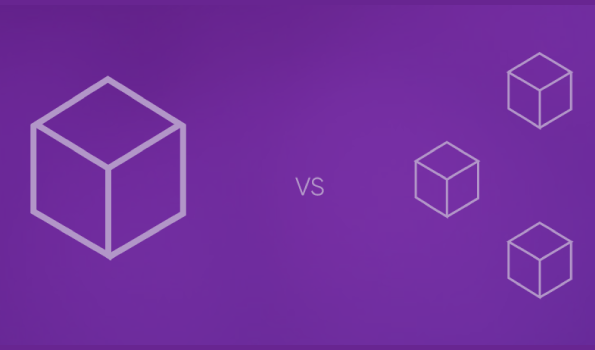

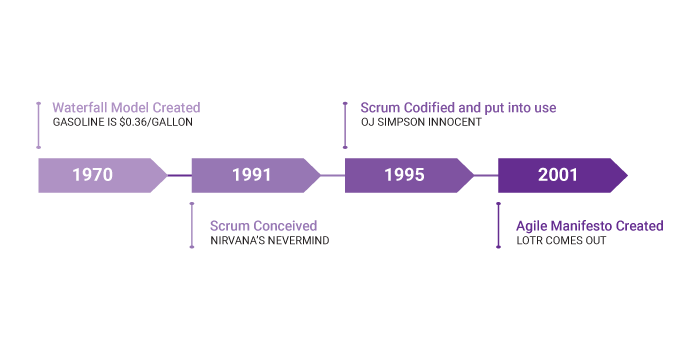
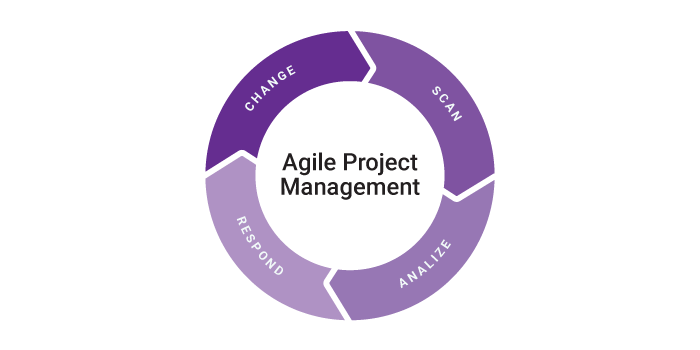
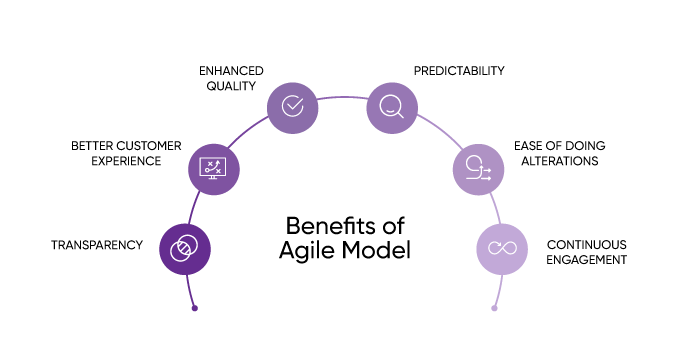

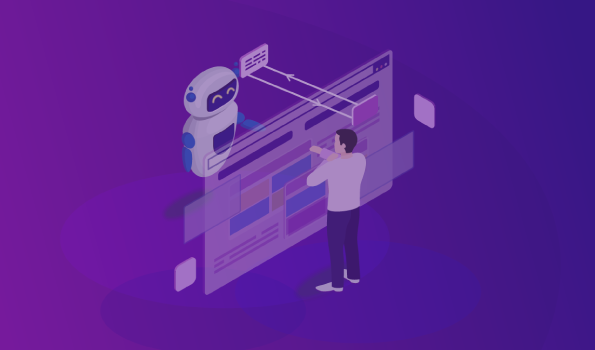












Recent Comments